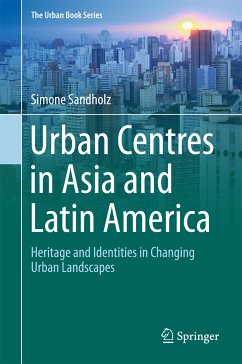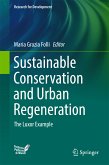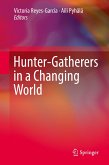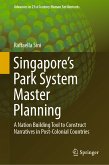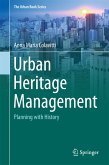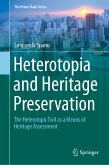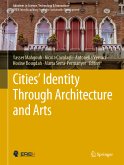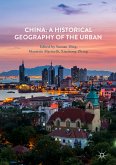The comparative study of the three areas reveals the similarities and differences of urban conservation policies, past and present upgrading strategies in the core areas, and the importance of tangible and intangible heritage. All three cities demonstrate that urban heritage, habits and beliefs are still of importanceto the population. While there are significant differences in the kind and level of protection the respective legal system provides, partly uncontrolled urban dynamics pose a threat to all of them.
The text is based on a PhD thesis submitted to the Institute of Geography, University of Innsbruck, Austria.
Dieser Download kann aus rechtlichen Gründen nur mit Rechnungsadresse in A, B, BG, CY, CZ, D, DK, EW, E, FIN, F, GR, HR, H, IRL, I, LT, L, LR, M, NL, PL, P, R, S, SLO, SK ausgeliefert werden.

